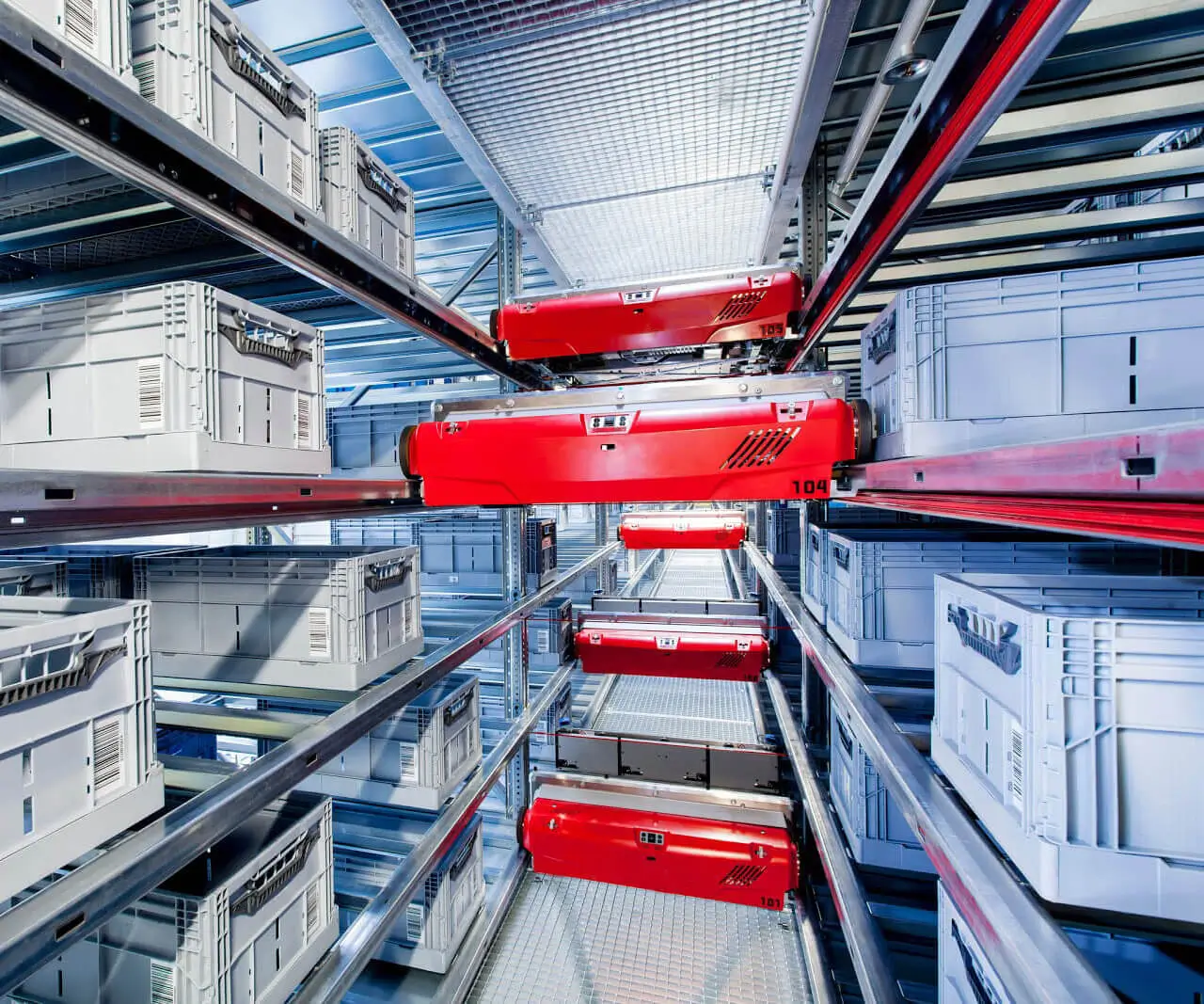Unveiling the Inner Workings: What Is a Servo Motor Made Of?
Imagine a motor so precise that it can position an object with astonishing accuracy, respond instantly to a control signal, and operate smoothly under various loads—such is the marvel of a servo motor. These compact yet powerful devices are fundamental in robotics, industrial automation, aerospace, and countless other fields. But what exactly makes a servo motor tick? The secret lies beneath its sleek exterior, embedded in a complex architecture of materials and components meticulously engineered for optimal performance.

The Basics of a Servo Motor
Before diving into the materials, it’s helpful to understand what a servo motor is fundamentally designed to do. Unlike simple motors that just spin in one direction, servo motors have feedback systems and control circuits that allow for precise positioning and speed control. This combination of hardware and software forms a closed-loop system, capable of correcting its position based on real-time feedback, which is why they are often used where exact movement is essential.
Major Sections and Their Material Foundations
A typical servo motor consists of several core parts: the stator, rotor, commutator or brushes (for some types), the feedback device, the casing, and the electronic controls. Each of these parts relies on specific materials suited to their function, durability, and efficiency.
Stator: The Stationary Heart
The stator is the static part that creates a magnetic field when energized. It’s generally made primarily of laminated iron cores, which serve to concentrate and direct magnetic flux. These laminations are thin sheets of silicon steel—an alloy of iron with a small amount of silicon—stacked together to form the core.
Why silicon steel? When iron makes a magnetic field, it tends to produce eddy currents—swirling currents that cause losses and heat. Inserting thin insulating layers between the laminations minimizes these currents, improving efficiency. Silicon steel’s magnetic properties make it ideal for rapidly switching magnetic fields, making the stator highly effective.
The windings—copper or aluminum coils—wrap around the stator teeth. Copper is preferred due to its excellent electrical conductivity and durability, though aluminum is sometimes used for cost reduction. These windings are insulated with varnished paper, enamel, or polymer coatings to prevent short circuits.
Rotor: The Rotating Core
The rotor is the part that turns, linked to the shaft that performs mechanical work. Depending on motor type—brushless or brushed—the rotor design differs slightly.
In brushless servo motors, the rotor is usually made of permanent magnets. These magnets often consist of rare-earth elements such as neodymium, samarium-cobalt, or ferrite magnets. Neodymium magnets are especially prized for their extremely high magnetic flux density, enabling compact, lightweight, and powerful rotors. These magnets are embedded in the rotor core, which itself is made of laminated silicon steel similar to the stator to reduce eddy current losses.
For brushed motors, the rotor typically includes windings similar to the stator, but the materials tend to be copper wire and sometimes laminated iron core structures.
The Feedback Device
Precision in motion control hinges on the presence of a feedback component—usually an encoder or a resolver—that detects the shaft's position and relays it back to the control circuitry.
High-quality encoders are often made with glass or ceramic discs with etched patterns or lines, which are read optically or magnetically. The sensors that detect these patterns are composed of silicon-based semiconductor materials, like photodiodes or Hall-effect sensors, which are fabricated using delicate microfabrication techniques.
Electronic Control and Power Components
The electronic circuitry that drives the servo motor includes transistors, diodes, capacitors, and sometimes integrated circuits. These components are fabricated from silicon or silicon compounds, with some capacitors employing ceramic or tantalum materials to store charge and filter signals.
Printed circuit boards (PCBs) serving as the backbone of control electronics are usually made from fiberglass (FR-4 material) with copper traces. They support and connect the electronic components, ensuring precise control signals reach the motor windings.
Housing and External Structure
The outer casing of the servo motor is often made of durable metals like aluminum or stainless steel, chosen for their strength, corrosion resistance, and thermal conductivity. These materials help dissipate heat generated during operation and protect internally sensitive parts from environmental damage.
The thermal management inside the motor is facilitated by insulating and heat-conducting materials, such as thermal grease and polymer insulators, which help maintain operational temperatures.
In Summary (Part 1)
The composition of a servo motor is an intricate blend of magnetic, electrical, and structural materials. The stator relies on silicon steel laminations and copper windings for magnetic flux generation, while the rotor often contains rare-earth magnets encased in laminated steel cores. Electronic sensors and control circuitry are crafted from silicon semiconductors, ceramics, and advanced composites, all housed in tough, thermally conductive casings.
In the next part, we'll explore how these materials work synergistically to deliver the precise, reliable performance that makes servo motors indispensable across the technological landscape—plus insight into the manufacturing processes and innovations shaping the future of servo motor materials.
Established in 2005, Kpower has been dedicated to a professional compact motion unit manufacturer, headquartered in Dongguan, Guangdong Province, China.




































